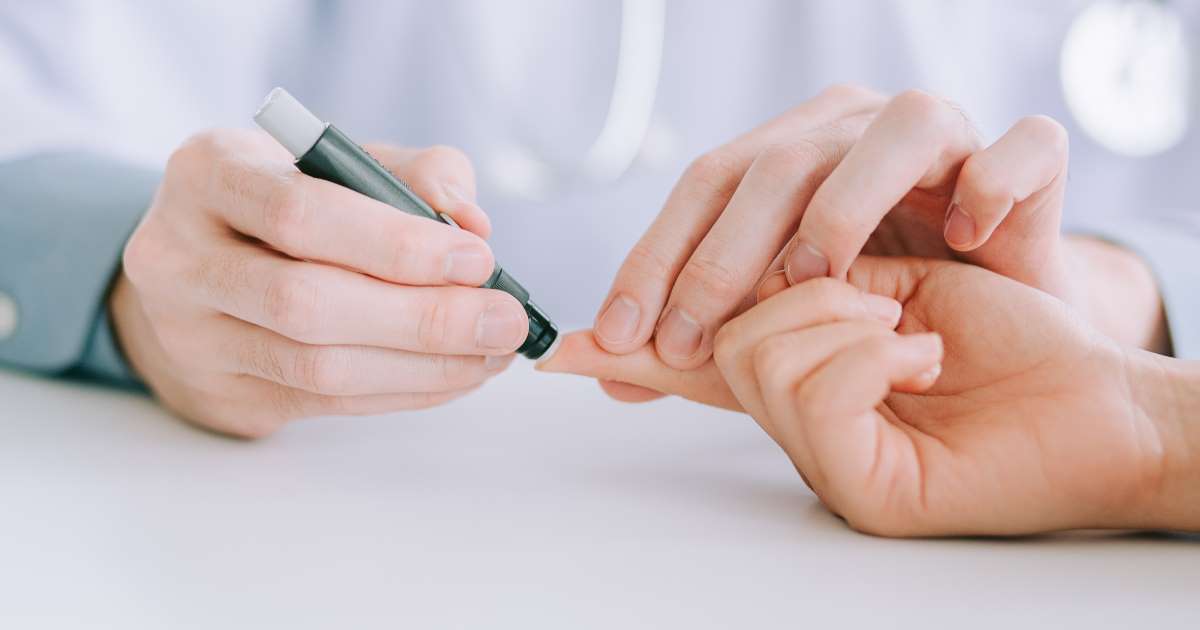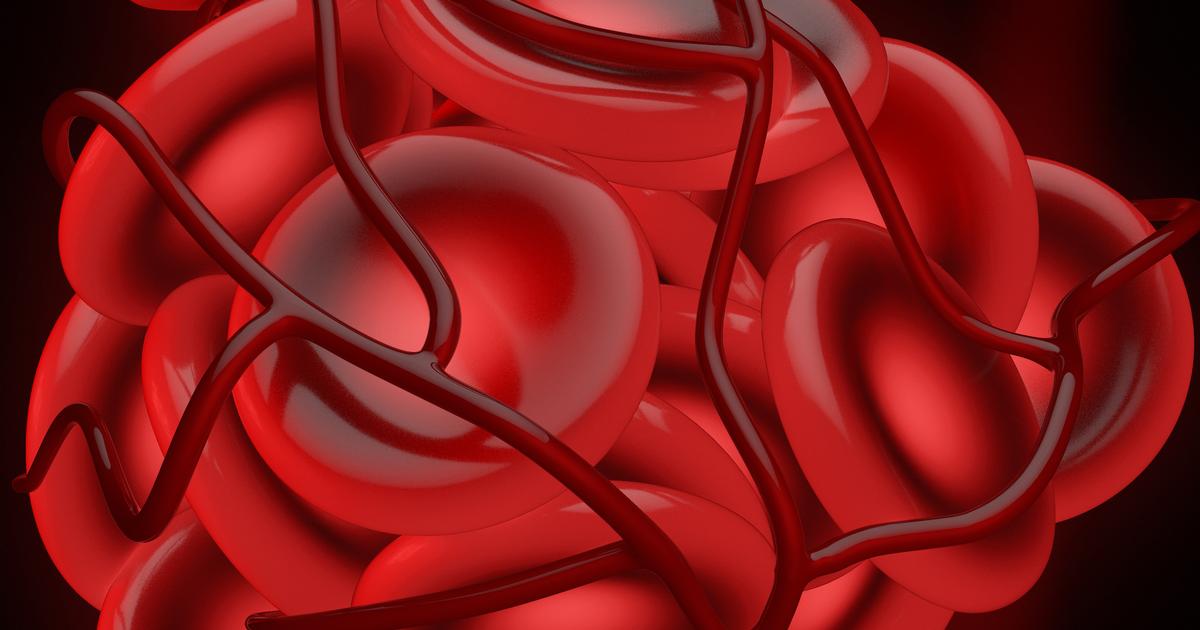Serious Causes Linked To Poor Circulation
The circulatory system pumps blood, oxygen, and nutrients around the body. Normal circulation can be impaired due to underlying medical conditions. Circulatory problems tend to be most apparent in the extremities. Individuals who have poor circulation may notice they have cold hands and feet, and numbness, tingling, or pain in the limbs could be present. Muscle cramps and a throbbing sensation might occur as well. If these symptoms are present, patients may wish to consult their primary care doctor for an examination to determine the underlying cause of the issues. The doctor will check the joints and muscles for temperature, pain, and swelling, and they may also listen to the patient's heartbeat and breathing. Blood pressure measurements will be recorded, and the clinician might assess the patient's sensation. Blood tests will be performed to check glucose levels and to evaluate patients for Raynaud's disease and blood clots. Ultrasounds or CT scans may be required. To improve circulation, doctors may prescribe anticoagulants or calcium channel blockers for certain patients, and specific exercise programs might be suggested, too. Some patients find wearing compression stockings at home improves their overall circulation.
Some of the major causes of poor circulation are described below.
Blood Clots
Blood clots are gel-like clumps of blood that can reduce or completely block circulation. While they can form in any part of the body, they are especially common in the deep veins, where they may lead to a condition called deep vein thrombosis. Potential signs of blood clots include swelling, pain, and redness at or near the site of the clot, and patients who have clots in the chest or lungs could develop shortness of breath, chest pain, rapid heartbeat, and lightheadedness. Some patients might also cough up blood. Individuals who believe they could have a blood clot should go to the nearest emergency room; clots are considered a medical emergency that can be life-threatening. CT scans and ultrasounds may be used to identify the location of a clot, and patients can be given intravenous drugs designed to dissolve the clots. Individuals who have had a blood clot will most likely need to take anticoagulants (blood thinners) to prevent future clots, and they will require long-term follow-up with a physician.
Continue reading to reveal more causes linked to poor circulation now.
Diabetes

Diabetes is a condition in which the body cannot process glucose as it normally would, resulting in chronically elevated blood glucose readings. Symptoms of this condition include excessive thirst, increased urination, fatigue, blurry vision, and slow healing of cuts and sores. To diagnose diabetes, doctors perform several blood tests that provide information about glucose levels. If patients are diagnosed with diabetes, they will normally be treated by an endocrinologist. Doctors recommend diabetes patients adopt diets that minimize fried foods, processed foods, and added sugars. Patients will need to check their blood sugar readings at least once a day, and they may need to take oral medications or injections to improve their blood sugar control as well. In addition, insulin injections are often necessary. Diabetes patients may wish to attend support groups in their area, and consulting with a nutritionist can help plan appropriate meals.
Discover additional causes of poor circulation now.
